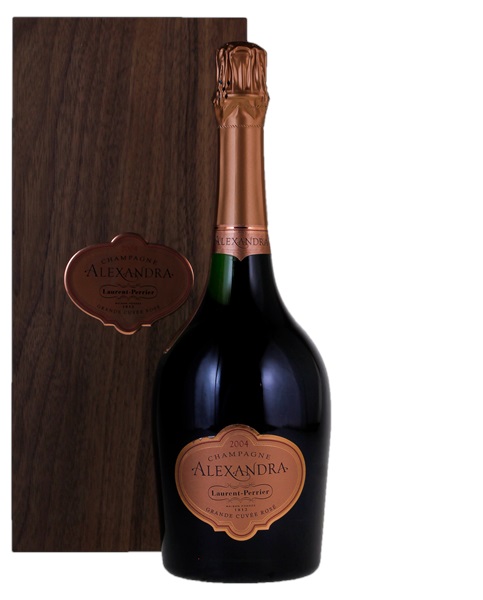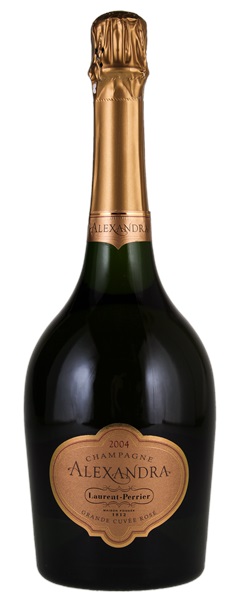Estimate


Ripe, it still retains plenty of red fruits while also allowing the toasty character to show through. It's a rosé that calls for food, a rich and balanced wine that is just perfect to drink now.
...very subtle and fresh bouquet of great elegance and purity. Intense and complex on the palate, this is a very dry, fresh and tension-filled Rosé full of energy and delicacy. Very elegant and still a bit limey, but a great Champagne.
High-pitched red berry, orange zest & floral scents are underscored by an intense mineral nuance. Taut, linear & strikingly pure... Powerful yet lithe rose with superb finishing power, focus & mineral-driven persistence.
...a finely meshed mix of dried white cherry, toasted almond, spring forest and orange peel, carried on a soft, pearled bead. Fresh, with lightly mouthwatering acidity firming the fruitcake-laced finish.